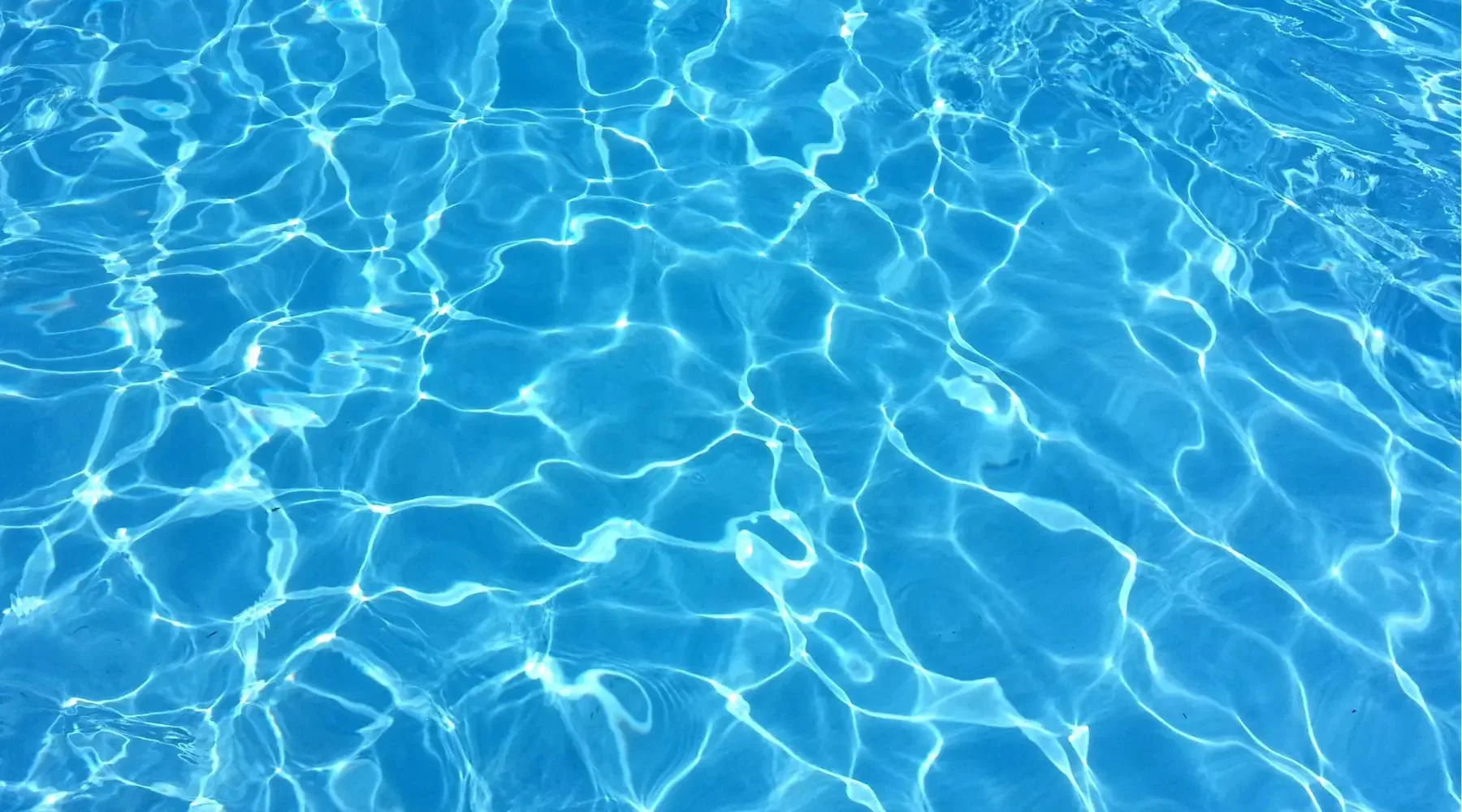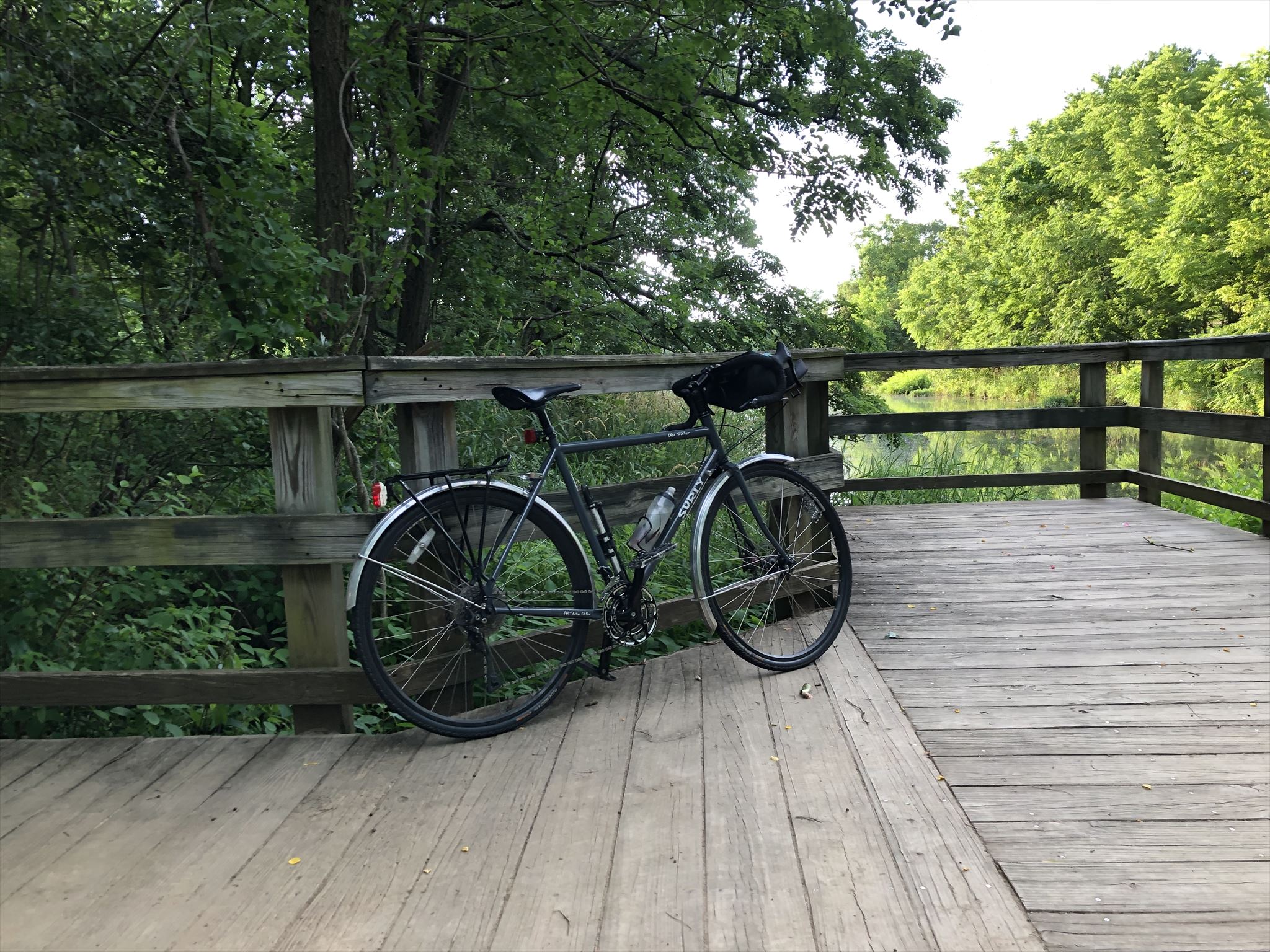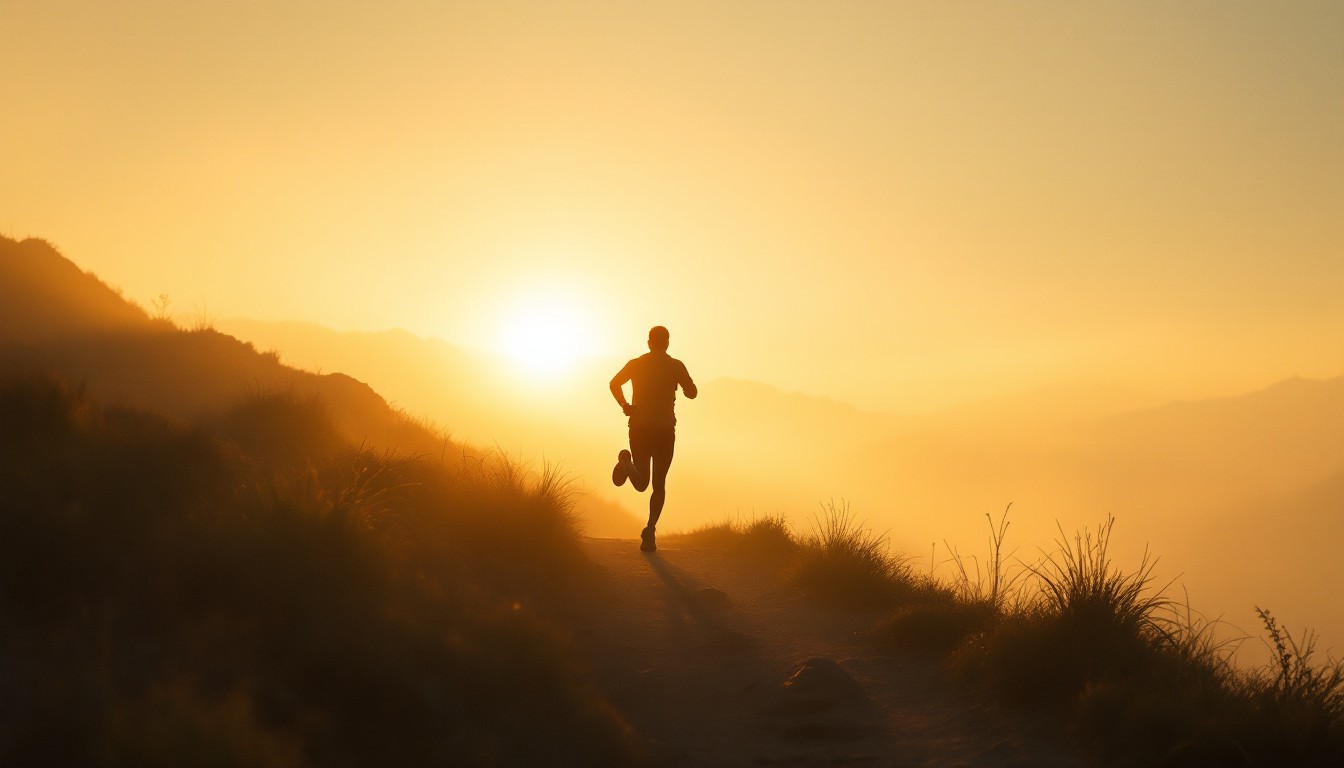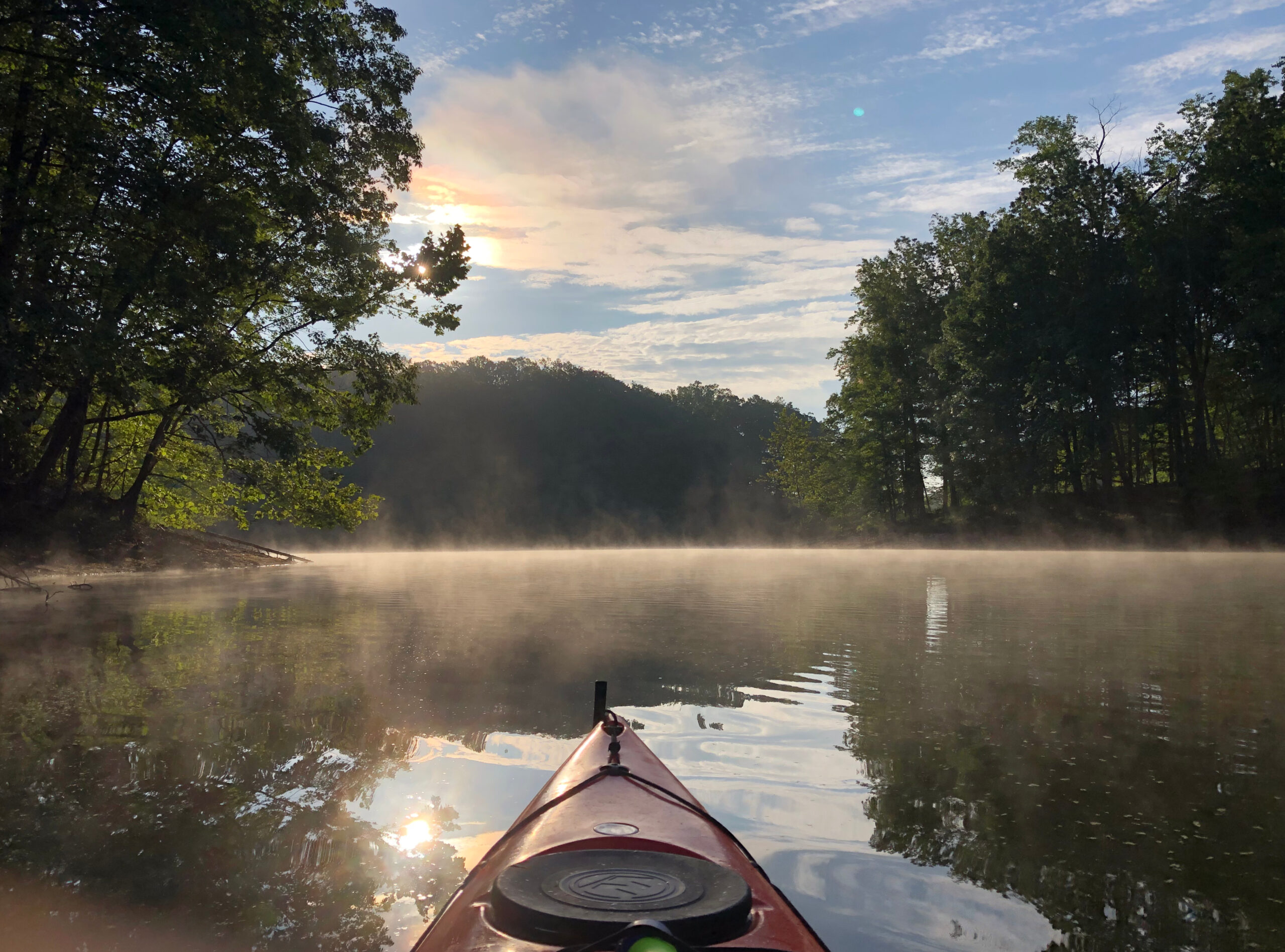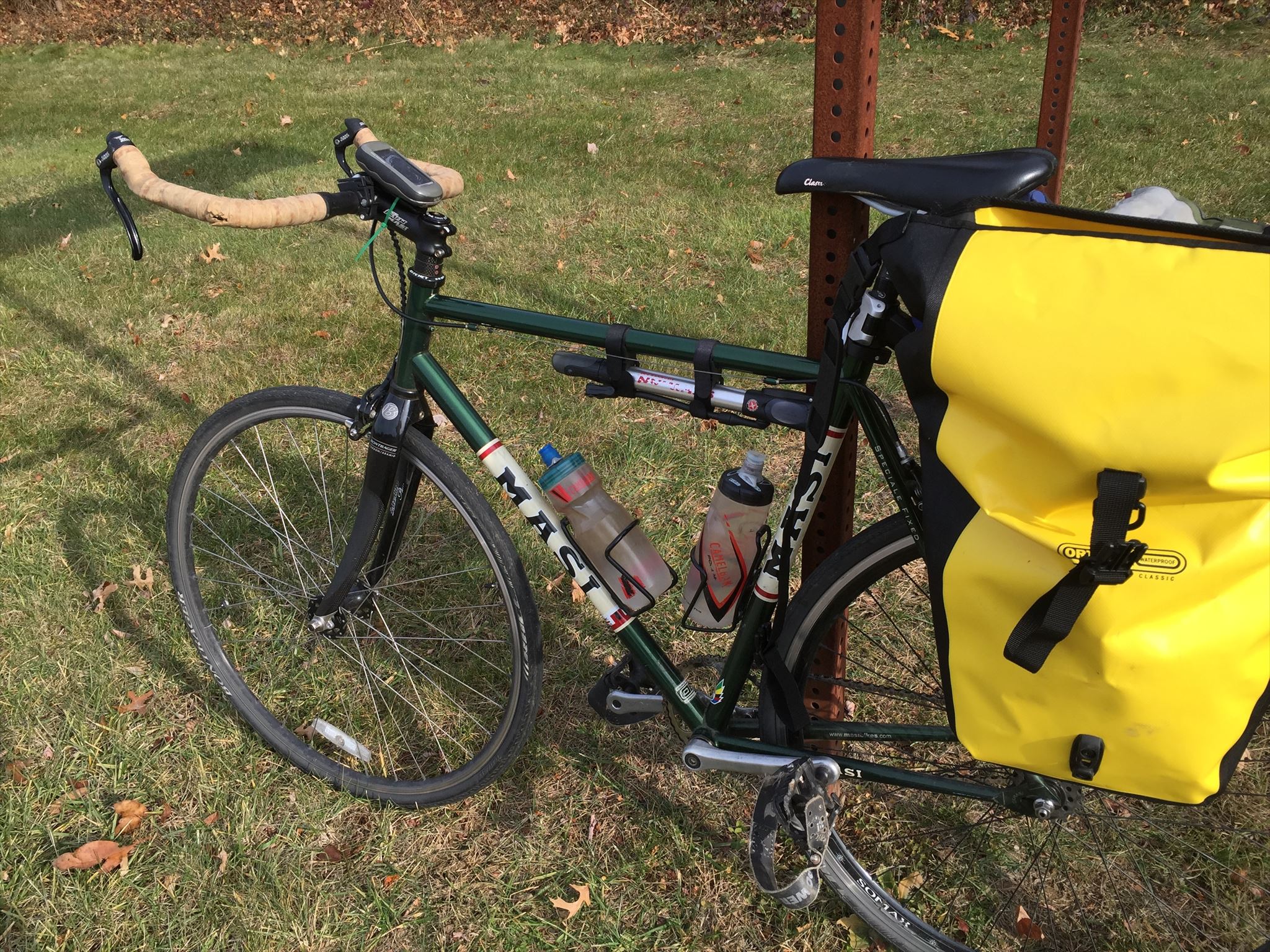Still experimenting with the light roast coffee beans I picked up the other day in Bethany. This was an improvement over yesterday:
- Local Coffee Roasting Co. Breakfast Blend (Guatemala/Colombia)
- 11 grams coffee, ground at 39 clicks on the JX (1.5 turns minus 6 clicks)
- 200 grams water at full boil (1:18.1)
- Two paper filters
- 20 second pour
- Steep 2 minutes
- Take off scale and swirl
- Wait 30 seconds
- Press 30 seconds
Compared to yesterday, this was ground slightly finer (39 vs 42 clicks) and poured right off the boil, instead of 99°C. Arguably not much of a difference there, but I suspect that due to heat loss, this gives an actual steeping temperature close to 99°, which is what the Hoffmann recipe calls for. The cup definitely had more flavor than yesterday’s. Just to make sure I’m extracting these beans as much as I can, I may try drawing the brew time out a little longer, and see if I can get it to the point where I start to taste some bitterness. At that point I’ll back off the brew time a little bit, and see if the cup is as strong as I would like. It’s worth noting that the instructions on the bag of beans specify a 1:17 ratio, which is slightly more coffee than I’m using here.
I got out at around 6:40 this morning and ran 5.3 miles. I felt a little better than I did Sunday. I woke up slightly sore after climbing yesterday evening and swimming yesterday afternoon, and wasn’t initially sure I wanted to go out, but once I get moving, I felt fine. Climbing went well last night. I climbed 4 routes on lead and 4 on top rope, at grades ranging from 5.8 to 5.10+. It was my first time leading in about a month. Lead climbing is one of those things you have to keep doing regularly to stay comfortable and confident on the wall.
